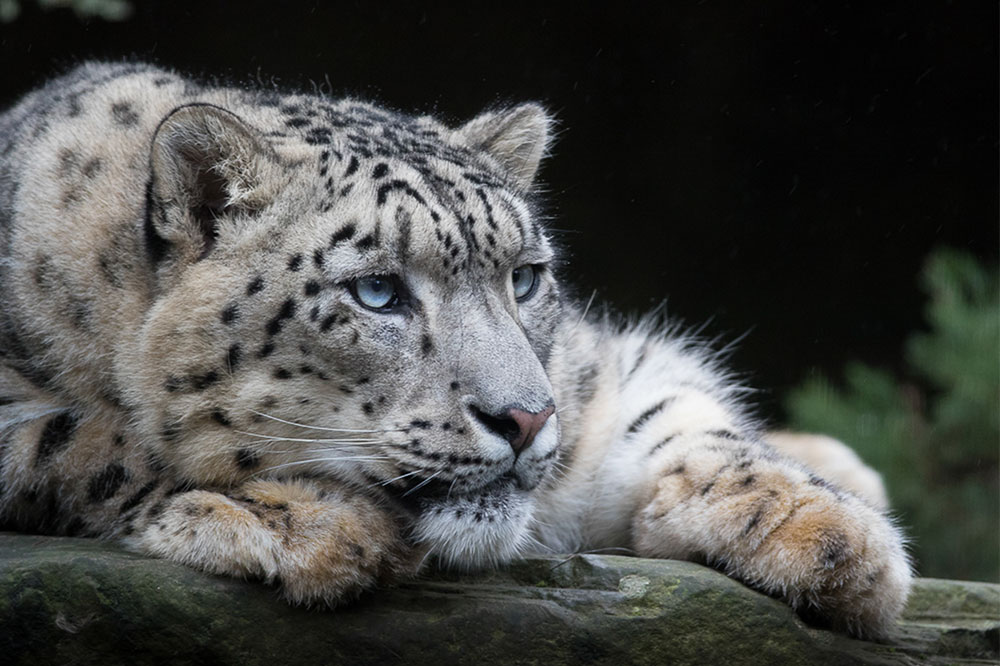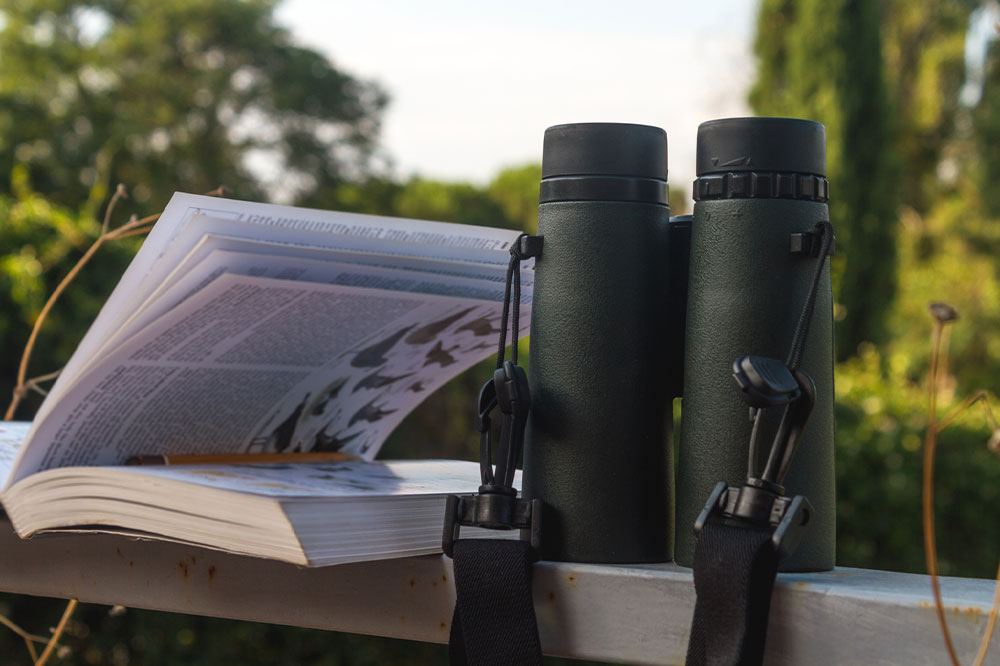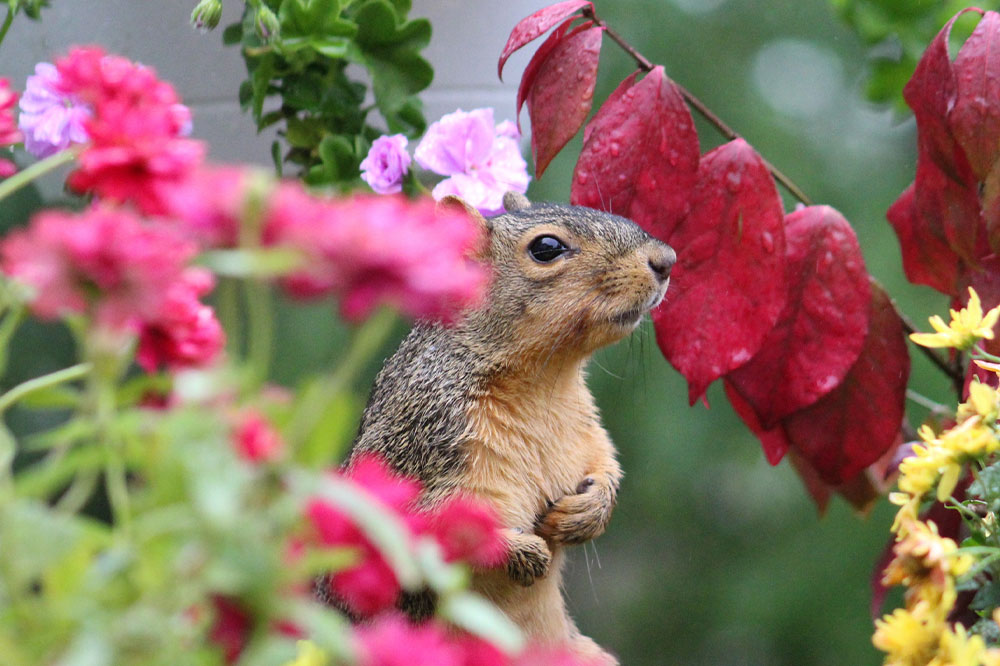Protecting the Endangered Snow Leopard: The Mountain’s Elusive Ghost
The snow leopard, an elusive and majestic mountain predator, faces increasing threats from habitat loss, poaching, and climate change. Conservation efforts involving protected areas, community engagement, and technological monitoring are vital to securing its future. Recognized for its secretive nature, the snow leopard's survival is a critical environmental issue in Central and South Asia, requiring ongoing international cooperation to prevent its extinction and preserve mountain biodiversity.

The Snow Leopard: An Icon of Mountain Wilderness
The snow leopard (Panthera uncia), known for its astonishing agility and elusive behavior, is a remarkable big cat that inhabits the rugged mountain ranges across 12 nations including China, India, Mongolia, and Russia. Renowned for its beautiful thick coat and stealthy movement, the snow leopard has earned the moniker "mountain’s ghost" due to its rare sightings and extraordinary ability to blend seamlessly into its icy, rocky habitat. Despite its secretive nature, this majestic creature faces numerous threats that have led to its current classification as an endangered species.
Habitat and Range
The snow leopard primarily resides in the high-altitude mountain ranges of Central and South Asia, including the Himalayas, the Altai Mountains, and the Tianshan range. These regions feature steep, rocky terrain with cold temperatures and sparse vegetation, which are ideal habitats for the snow leopard. They typically inhabit altitudes ranging from 3,000 to 4,500 meters (9,800 to 14,800 feet), where suitable prey such as blue sheep, Himalayan thar, and ibex are found. The snow leopard's adaptation to such extreme environments is a testament to its evolutionary resilience, but human encroachment and climate change are threatening to disrupt these fragile ecosystems.
Threats Facing the Snow Leopard
The survival of the snow leopard has been increasingly jeopardized by a combination of human activities and environmental changes. Key threats include habitat destruction caused by infrastructural development like roads, mining, and agriculture expansion, which fragment their natural ranges. Poaching and illegal wildlife trade are also significant issues; snow leopards are targeted for their beautiful pelts, bones, and other body parts valued in traditional medicine and as luxury goods. Furthermore, retaliation killings occur when these predators prey upon livestock, leading herders to see them as pests that threaten their livelihoods.
The Impact of Climate Change
Adding to these threats is the rapid progression of climate change, which is shifting snow leopard habitats to higher elevations and reducing their available territory. As glaciers melt and snowpack diminishes, prey populations decline, and the snow leopard’s ability to find sufficient food is compromised. These environmental changes not only threaten the survival of this species but also the delicate ecological balance of mountain ecosystems. Studies forecast that if current trends continue, the snow leopard could face significant range contraction, making conservation efforts even more urgent.
Conservation Initiatives and UNESCO Involvement
Recognizing the critical need to protect the snow leopard, multiple international organizations, governments, and local communities have banded together to implement conservation strategies. Protected areas such as national parks and wildlife sanctuaries across Nepal, India, Mongolia, and China serve as crucial refuges for the species. Programs like the Snow Leopard Trust and Panthera’s Snow Leopard Conservation Project focus on anti-poaching measures, community engagement, and habitat preservation. Additionally, efforts include deploying camera traps and radio collars to track movements and monitor populations, providing valuable data that guides conservation policies.
Community Involvement and Sustainable Tourism
Engaging local communities is vital for successful conservation. Initiatives aim to promote sustainable livelihoods that do not harm the snow leopard’s habitat, such as ecotourism and livestock insurance programs. By providing economic incentives, local herders are encouraged to coexist peacefully with these predators rather than resorting to retaliation. Education and awareness campaigns also play a crucial role in dispelling myths and fostering a sense of stewardship among residents and tourists alike.
The Future of Snow Leopard Conservation
The road ahead for snow leopard conservation is challenging but promising, with advancements in technology and increased global awareness making a difference. Strengthening protected areas, boosting localized community-based conservation programs, and enforcing anti-poaching laws are essential measures. Climate change mitigation must also be prioritized to safeguard mountain ecosystems. International cooperation is vital to coordinate efforts across borders, ensuring that this elusive species continues to be a symbol of wilderness and resilience for generations to come.




